Persian Gulf or Arabian Gulf? What's the Truth?
Southwest Asia is where you will find the Persian Gulf.
It extends the Indian Ocean between Iran and the Arabian Peninsula. This body of water, historically and popularly known as the Persian Gulf, is also at times contentiously referred to by certain Arab nations as the Arabian Gulf or simply as The Gulf, which are wrong, and none of those labels is accepted globally.
Why Is It Called the Persian Gulf?

The Achaemenid Empire founded the first Persian Empire at Pars (Persis, or contemporary Fars), which is located in the southwest of the Iranian plateau, around 330 B.C.E. As a result, the body of water that surrounded this region became known as the Persian Gulf in Greek sources.
In a book written in 1928 and referring to the origins of the term Persian Gulf, Sir Arnold Wilson states:
"No waterway has ever been as important to geologists, archaeologists, geographers, traders, politicians, tourists, and academics as the Persian Gulf, whether in the past or the present. Since at least 2200 years ago, this waterway, which divides the Iran Plateau from the Arabia Plate, has possessed an Iranian identity."
Although there are no written records from the time before the Persian Empire, the Iranians have referred to the southern seas as the "Jam Sea," "Iran Sea," or "Pars Sea" in their oral history and culture.
The word "Pars Sea" was frequently used in the gathered literature from the years 550 to 330 B.C.E., corresponding with the reign of the first Persian Empire in the Middle East, to refer to the entirety of the Persian Gulf and some regions of the Arabian Peninsula.
A narrative of Pythagoras' trips to Susa and Persepolis, when he travelled with Darius the Great (c. 570–496 BCE), is included in numerous chapters of his travel journal. Darius the Great gave the Persian Gulf's water route the name Pars Sea in an inscription and etching found with the works of others from the same era.
Arab governments in the area began using the name "Arabian Gulf" to refer to the water as Arab nationalism (Pan-Arabism) increased in the 1960s. The United Nations and other international organisations do not recognise this term, which has not gained any support outside of the Arab world. The official and regular geographic name for the body of water should only be "Persian Gulf," the United Nations Secretariat has repeatedly requested. The historical accuracy of the term "Persian Gulf" may also be confirmed by the writings of several medieval historians.
| Discover: Iran's Wildlife | A Nature Lover's Guide + Pics
History Of The Persian Gulf
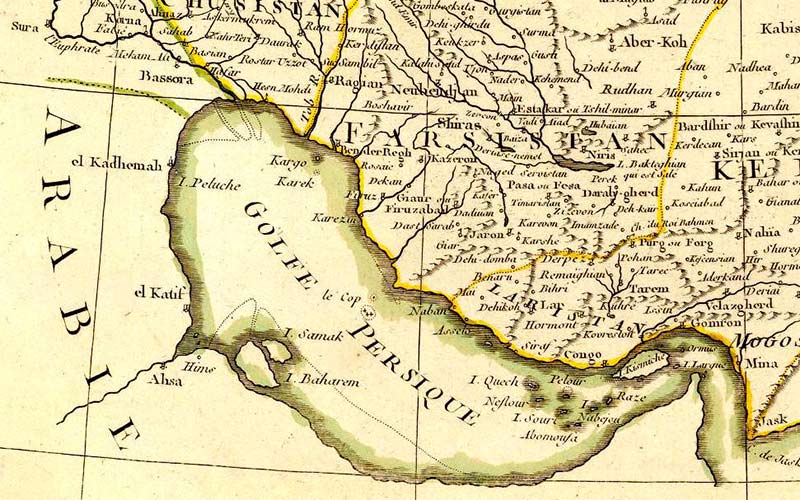
The Persian Gulf is currently just 35 to 50 meters deep on average. Global sea levels fell 120 to 130 meters during the most recent glacier, which ended 12,000 years ago, leaving the Persian Gulf's bed well above sea level during the glacial maximum. It has to be a floodplain of freshwater swamps.
To reach the Strait of Hormuz and the Arabian Sea, the combined Tigris-Euphrates drainage travelled through this proto-Shatt-Arab's marshes. According to information from the exploration ship Meteor, the Gulf was an arid area around 15,000 BCE. A deep canal close to the more precipitous Iranian side appears to reflect the path of the historic Ur-Schatt, an expanded Shatt al-Arab. This region may have been the last to be submerged since a continuous shallow shelf runs across the top (north) of the Gulf and down the west side (at 20 meters).
The bathymetric profile at the Straits of Hormuz shows a division into two main channels, which continue across the Bieban Shelf before dropping to a depth of about 400 meters in the Gulf of Oman. The deeper portions of these channels may result from delta deposits at the edge of the deep ocean collapsing in a series of large underwater landslides, which in turn caused underwater erosion by the turbidity currents.
There is documented evidence of extensive local flooding in this region of the world very lately, in addition to widespread flooding of the Persian Gulf. For instance, excavations in Iraq have uncovered proof of a flood that occurred at Shuruppak between 2900 and 2750 B.C.E. and nearly reached the city of Kish (whose king, Etana, supposedly founded the first Sumerian dynasty after the Deluge). Sir C. Leonard Woolley discovered a uniform silty loam layer that was more than 2.5 meters deep and devoid of artefacts during his excavations at Ur south of Uruk in the 1920s. In 1931, Woolley attributed these strata to Noah's Flood.
What country is across the Persian Gulf?
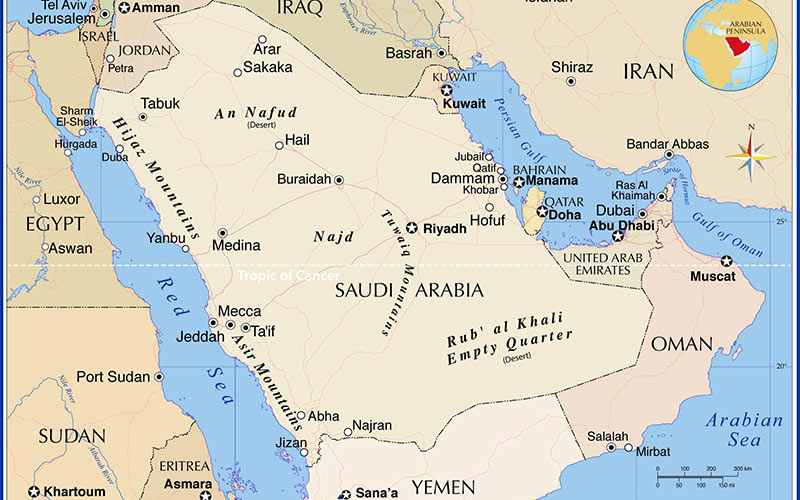
According to the Persian Gulf map, this bay is situated between 24 and 30 degrees 30 minutes north latitude and 48 and 56 degrees 25 minutes east longitude with respect to the Greenwich meridian. The Persian Gulf covers a region of around 238,000 square kilometers. This gulf measures 900 km in length and 250 km in width.
Countries that border the Persian Gulf are:
- Iran
- Iraq
- Kuwait
- Saudi Arabia
- Qatar
- Bahrain
- United Arab Emirates
- Oman
Geography & Geology Of The Persian Gulf

The Strait of Hormuz connects this 251,000 km2 inland sea to the Gulf of Oman in the east. The Shatt al-Arab significant river delta, which transports the waters of the Euphrates and Tigris rivers, marks its western terminus. Its length is 989 kilometres, and Saudi Arabia and Iran make up most of its northern and southern coasts. In the Strait of Hormuz, when the Gulf is at its narrowest, it measures around 56 kilometres wide. The waters are often highly shallow, with the deepest point of 90 meters and an average depth of 50 meters.
Iran, Oman (the exclave of Musandam), United Arab Emirates, Saudi Arabia, Qatar on a peninsula off the Saudi coast, Bahrain on an island, Kuwait, and Iraq in the northwest are the nations having coastlines on the Persian Gulf. The Persian Gulf has several tiny islands, some of which are the subject of territorial disputes between the governments in the area.
The Persian Gulf of today and its northwest extension, which is now filled with Mesopotamian river deposits, are the remnants of a previously much wider basin of deposition that was orientated northwest to southeast and persisted for a significant portion of geologic history. Large amounts of sediments—mainly limestone and marl, a mix of calcareous and silicate mud, evaporites and organic matter—accumulated in this basin. As a result, the region's abundant oil resources were eventually created.
Persian Gulf Oil and Gas

The world's most significant single supply of crude oil is found in the Persian Gulf and its surrounding coastal regions, and associated industries also predominate there. The giant offshore oilfield in the world, Al-Safaniya, is situated in the Persian Gulf. Additionally, there have been significant natural gas discoveries, with Qatar and Iran sharing a sizable field across the territorial median line (South Pars Field in the Iranian sector, North Field in the Qatari sector;). Qatar has developed a sizable liquified natural gas (LNG) and petrochemical sector using this gas.
The Persian Gulf States are all the oil-rich nations that border the Persian Gulf, except Iraq. The marshy river delta of the Shatt al-Arab, which carries the waters of the Euphrates and Tigris Rivers, where Iran owns the left (east) bank, is Iraq's only narrow and easily blockadeable exit to the Gulf.
The Climate Of The Persian Gulf
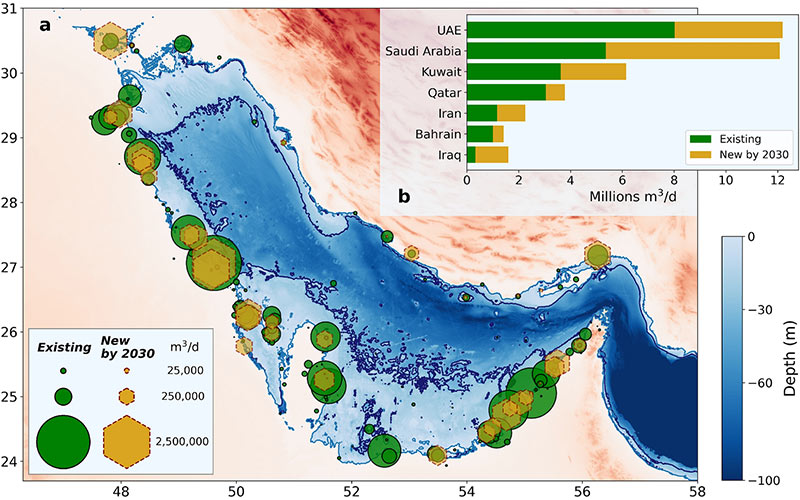
The Gulf region is known for its unfavourable weather. Although winters may be pretty cold in the far northwest, temperatures are high. The northeast has more infrequent rainfall, primarily sudden downpours between November and April. It is really humid. Winter has more of the occasional cloud cover than summer does. Thunderstorms and fog are uncommon; however, summertime dust storms and haze are somewhat common.
During the summer, the shamal, a wind that mostly blows from the north-northwest, is rarely decisive and never exceeds gale force. Autumn is characterised by frequent squalls and waterspouts, with gusts occasionally reaching 95 mph (150 kph) in as little as five minutes. Onshore solid winds develop in the afternoons and evenings due to the intense heating of the land along the beaches. In the mornings, mild offshore winds prevail.
Why Is The Persian Gulf Important?
The Persian Gulf is so important to the world; in this section, we will study the importance of the Persian Gulf.
1. Mineral and Biological Resources
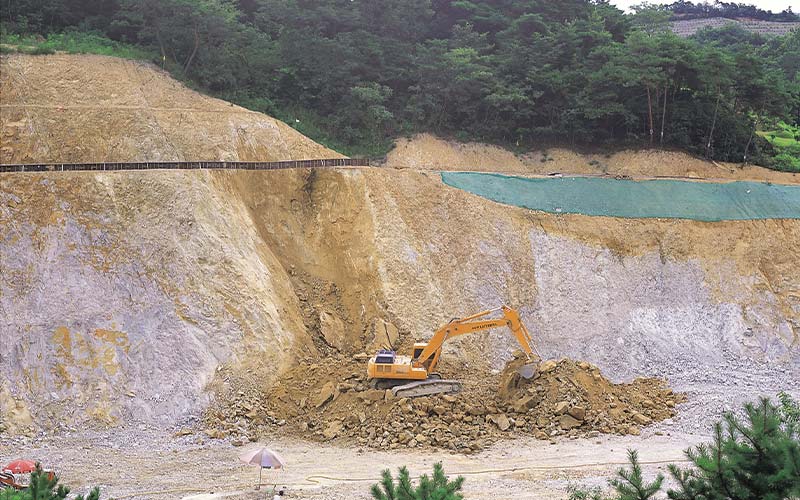
The seas in the region are home to a wide diversity of plants and animals. However, the high salinities and temperatures limit the range of vegetation and wildlife that are typical of the Indian Ocean.
Before the discovery of oil in Iran in 1908, the Persian Gulf region was significant primarily for fishing, pearling, sailcloth manufacture, camel breeding, the manufacturing of reed mats, date cultivation, and the production of other minor goods, such as red ochre from the southern islands.
Except for the fertile alluvial areas of the Mesopotamian plain, the desert regions around the Gulf produced nothing else and only a tiny number of people engaged in fishing, date cultivation, and nomadic herding. Fishing has become a very lucrative industry. Since Japanese cultured pearls were introduced to the international market in the 1930s, the traditional pearl-fishing sector has seen a downturn. Bahrain, Kuwait, and Qatar all have sizable fishing sectors, and some countries have started to export fish. However, the installation of massive dams on the rivers, which limit the delivery of nutrients into the Gulf, has impacted yields in the northwest.
Additionally, the region is home to around one-third of the world's proven natural gas reserves and two-thirds of the world's projected proven oil reserves. As a result, the area has grown significantly strategic for the world's industrialised nations. On land and offshore, exploration has continued to be vigorous, and new deposits are continuously found.
2. Transportation

Local boats have long carried out a sizable amount of sea trade between the Persian Gulf, Africa, and India. However, in recent years, large tankers that transport oil from the major marine terminals at Kharg Island (Iran), Kuwait, Al-Dammam (Saudi Arabia), Bahrain, Port Rashid (United Arab Emirates), and other locations to all corners of the globe have completely taken over this market. Even though the employment of a system of radio-navigational stations and other developments, the high traffic and the offshore oil installations have created several risks.
Why Is The Persian Gulf Important To The World Economy?
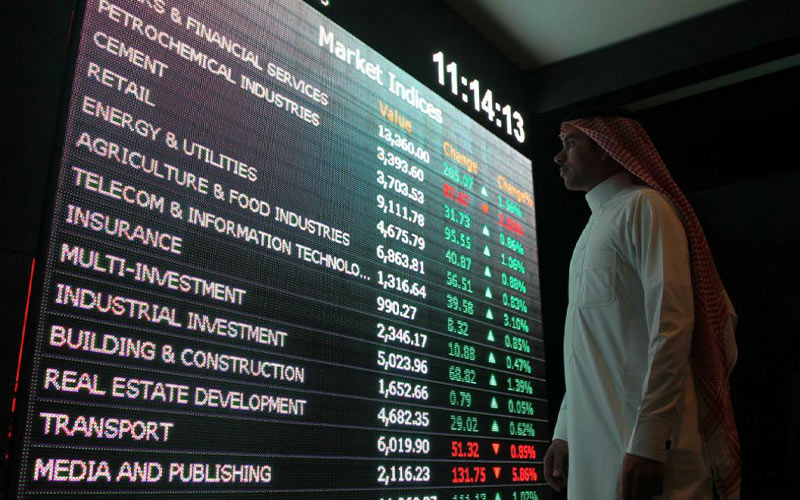
The vast oil resources in the Persian Gulf area have helped the region's governments experience unparalleled economic and population growth. 20% of the world's oil supplies come from eight nations. In this area, 85% of the oil extracted is exported. Around 40% of the world's crude oil exports and 15% of oil product exports come from the Persian Gulf nations. Although some oil is piped through pipelines to ports on the Mediterranean and Red Seas, most petroleum is loaded into tankers in the Persian Gulf. The Strait of Hormuz is used to export the majority of the oil from the Persian Gulf. The main destinations for the supply are Western Europe and Japan. Many states' economies are dependent on this Persian Gulf petroleum supply.
Persian Gulf Facts
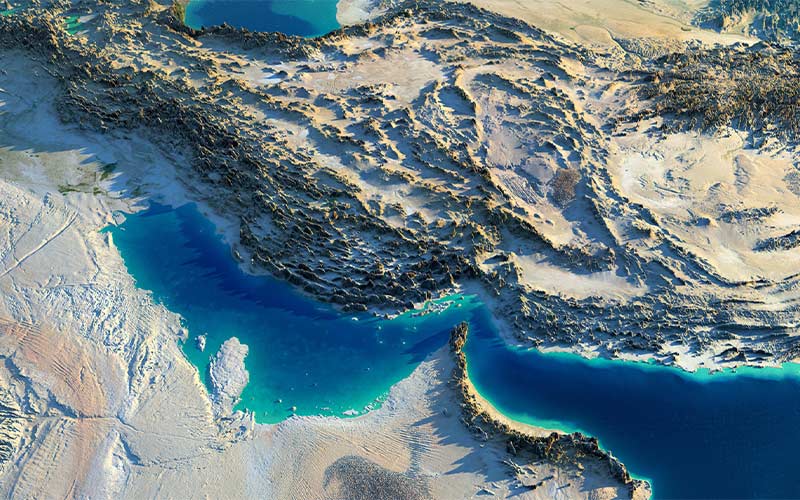
- It is 155,964.74 square kilometres and is barely 56.32 kilometres wide at its narrowest point and 989.74 kilometres long overall.
- The first ancient Persian empire, the Achaemenid Empire, which existed around 550 BC, is said to be the source of the term Persian Gulf.
- It's coastline is said to be the world's most significant source of crude oil.
- In 2002, the countries in the Persian Gulf produced 25% of the world's oil.
- Safaniya, the largest offshore oilfield, is situated in the Persian Gulf.
- The Persian Gulf is home to various little islands.
- The waters of the Persian Gulf are home to the strange marine creature known as the Dugong. They are also known as sea cows and resemble cattle.
- The Persian Gulf region is home to a variety of resident and migratory birds, including the kalbaensis, a kingfisher species on the verge of extinction due to development.
- The flamingo, the hawksbill turtle, and the booted warbler are three species that have suffered due to the development along the Persian Gulf's coastline.
- The environment of the Persian Gulf, which contains crucial fishing grounds, pearl oysters, and coral reefs, is also greatly endangered by oil spills.
- The Persian Gulf's mangroves are crucial for the many tiny fish and insects that feed most marine birds. The environment of the Persian Gulf is in danger as development continues to damage mangroves.
Bottom Line
The Persian Gulf separates Iran and the Arabian Peninsula. It is a Mediterranean sea and is thought to be an expansion of the Indian Ocean. The Persian Gulf is well known for being the scene of the 1980–1998 Iran–Iraq war. The Persian Gulf is also the source of the 1991 Gulf War's moniker.
There has been significant ecological harm to the Persian Gulf because of oil spills and development. The Persian Gulf is a very young body of water that developed around 15,000 years ago.
The Sea of Oman is the primary water source for the Persian Gulf. The nations that make up its basin include the United Arab Emirates, Bahrain, Qatar, Saudi Arabia, Kuwait, Iraq, and Iran.


Comment
Leave a Comment